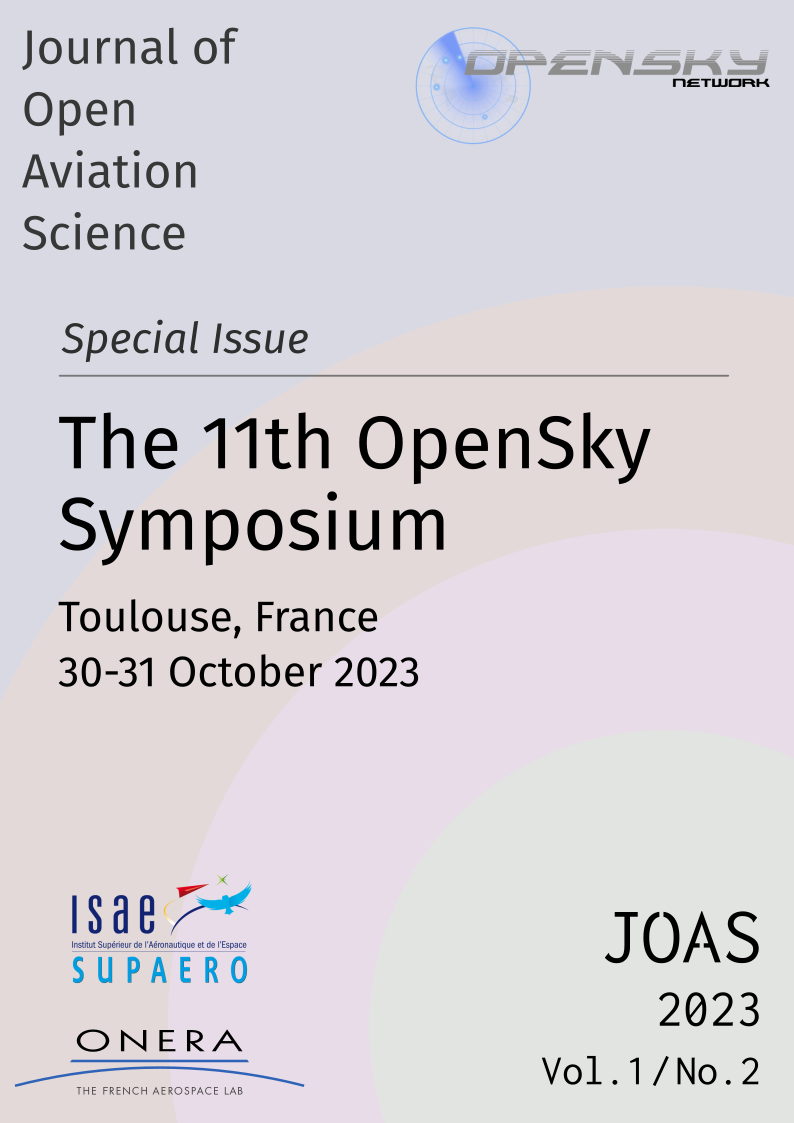Securing the Sky: Detecting Aircraft Location Drifting through Cross-Checking Receiver-Based Estimated and Received ADS-B Trajectories
DOI:
https://doi.org/10.59490/joas.2023.7504Abstract
ADS-B serves as a widely adopted protocol in aviation systems, more specifically, among commercial aircraft, transmitting vital information to other aircraft and ground-based receivers. However, the absence of robust security measures and the transmission of unencrypted data render this information susceptible to unauthorized tampering. Exploiting this vulnerability, malicious actors can manipulate the location details within ADS-B transmissions over time, potentially resulting in deviating aircraft from their intended trajectory and even leading to dangerous collisions.
In this research paper, we introduce a new approach to identifying instances of aircraft hijacking. Our proposed method capitalizes on the established geographical coordinates of ground-based receivers, randomly positioned across the landscape by a group of dedicated volunteers, who share their data for research purposes. By leveraging these receiver coordinates, we propose a methodology to estimate the anticipated flight path of an aircraft. This projected trajectory is subsequently cross-checked with the trajectory derived from the incoming ADS-B messages, which contain real-time flight data.
By conducting this comparison, our method can detect deviations or inconsistencies between the computed expected trajectory and actual flight paths that are derived from the location information in ADS-B messages. This differential analysis enables the prompt identification of potential aircraft trajectory deviating attempts. By integrating receiver-based trajectory estimation and real-time ADS-B data analysis, our approach contributes to enhancing aviation security and safeguarding against potential threats to the integrity of flight information.
Metrics
Downloads
Additional Files
Published
How to Cite
Issue
Section
License
Copyright (c) 2024 Ala Darabseh, Syed Khandker, Christina Pöpper

This work is licensed under a Creative Commons Attribution 4.0 International License.


